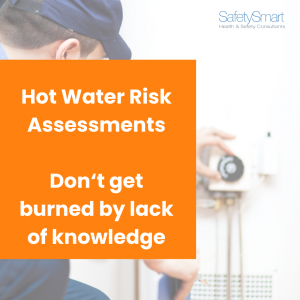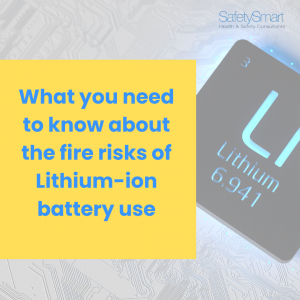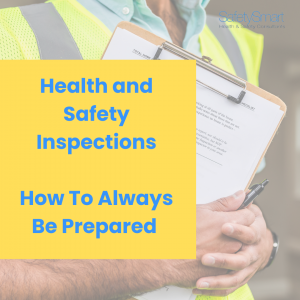How Safe Are Smart Motorways?
15th February 2021 Posted in Blogs

Smart motorways were introduced in the UK in 2014 and now cover over 500 miles of our motorway network with another 300 miles of smart motorway conversion planned over the next five years – but how safe are they really?
Since their introduction, there have been 38 deaths, A Freedom of Information (FoI) request sent by Panorama to Highways England revealed that on one section of the M25, outside London, the number of near misses had risen 20-fold since the hard shoulder was removed in April 2014. In the five years before the road was converted into a smart motorway, there were just 72 near misses. In the five years after, there were 1,485.
The roads have come under criticism because of a lack of hard shoulder meaning motorists can be trapped in a ‘live’ lane of speeding traffic in the event of a breakdown with members of parliament and the police force calling for further investigation into the issue
Driving For Work: Do we need to be concerned?
Work that involves driving is always considered to be high risk and the safety of smart motorways is under dispute with some of the issues including:
- A report finding on average it takes CCTV operators twenty minutes to spot stranded vehicles before the closing the ‘live’ lane.
- In 2018 Highways England admitted that the speed limits imposed don’t necessarily reflect real-time traffic conditions.
- The Police disagree with the system as it prevents them from pulling over reckless drivers as a result of no hard shoulder on the motorways.
- Emergency services stats it takes longer to get to the scene of an accident having to battle through stationary traffic as opposed to using the hard shoulder.
- In one fatal incident, it took emergency services more than an hour to reach the scene due to the lack of hard shoulder providing faster access.
What Can Employers Do?
There were several key rules which motorists claimed not to know including:
- Never drive in a lane closed by a Red X
- Keep to the speed limits shown on the signs
- The hard shoulder is always identified by a solid white unbroken line, if there is no speed limit displayed above it or a Red X is displayed do not use it except in an emergency
- A broken white line indicates a normal running lane
- If the hard shoulder is being used as an extra lane, use the designated emergency areas.
- If you break down, put your hazard lights on.
However, as many drivers have pointed out those key rules do not adequately address what to do in an emergency, Highways Agency has issued this further guidance
If your vehicle has a problem on a motorway with no hard shoulder
- Move into the left-hand lane and put your hazard lights on.
- Exit at the next junction or services OR
- Follow the orange SOS signs to an emergency area and call for help using the free telephone. This will inform Highways of England of your location.
If you can’t get off the motorway or to an emergency area:
- Move your vehicle as close as possible to the left-hand verge, boundary or slip road.
- If you feel you can get out safely with any occupants, consider exiting your vehicle via the left-hand door, and wait behind the safety barrier if there is one and it is safe to do so. Keep clear of your vehicle and moving traffic at all times
- Call 999 immediately
If your car stops unexpectedly in any lane and it is not safe to get out:
- Keep your seatbelts and hazard lights on and call 999 immediately
- Highways England will close the lane and send help.
Your Legal Requirements
Whilst there is no specific legislation surrounding driving for work and smart motorways, employers have duties under health and safety law for on-the-road work activities. The Health and Safety at Work etc Act 1974 (HSW Act)2 states you must ensure, so far as reasonably practicable, the health and safety of all employees while at work. You must also ensure that others are not put at risk by your work-related driving activities.
Useful Resources
Resource Hub

Smart Resource: Hot Water Risk Assessments

Smart Resource: What you need to know about the fire risks of Lithium-ion battery use

Smart Resource: How to always be prepared for H&S Inspections

Smart Resource: UK School Closures What you need to know
Request A Call!
Want a free no-obligation consultation? Fill in the form below and we'll give you a call!